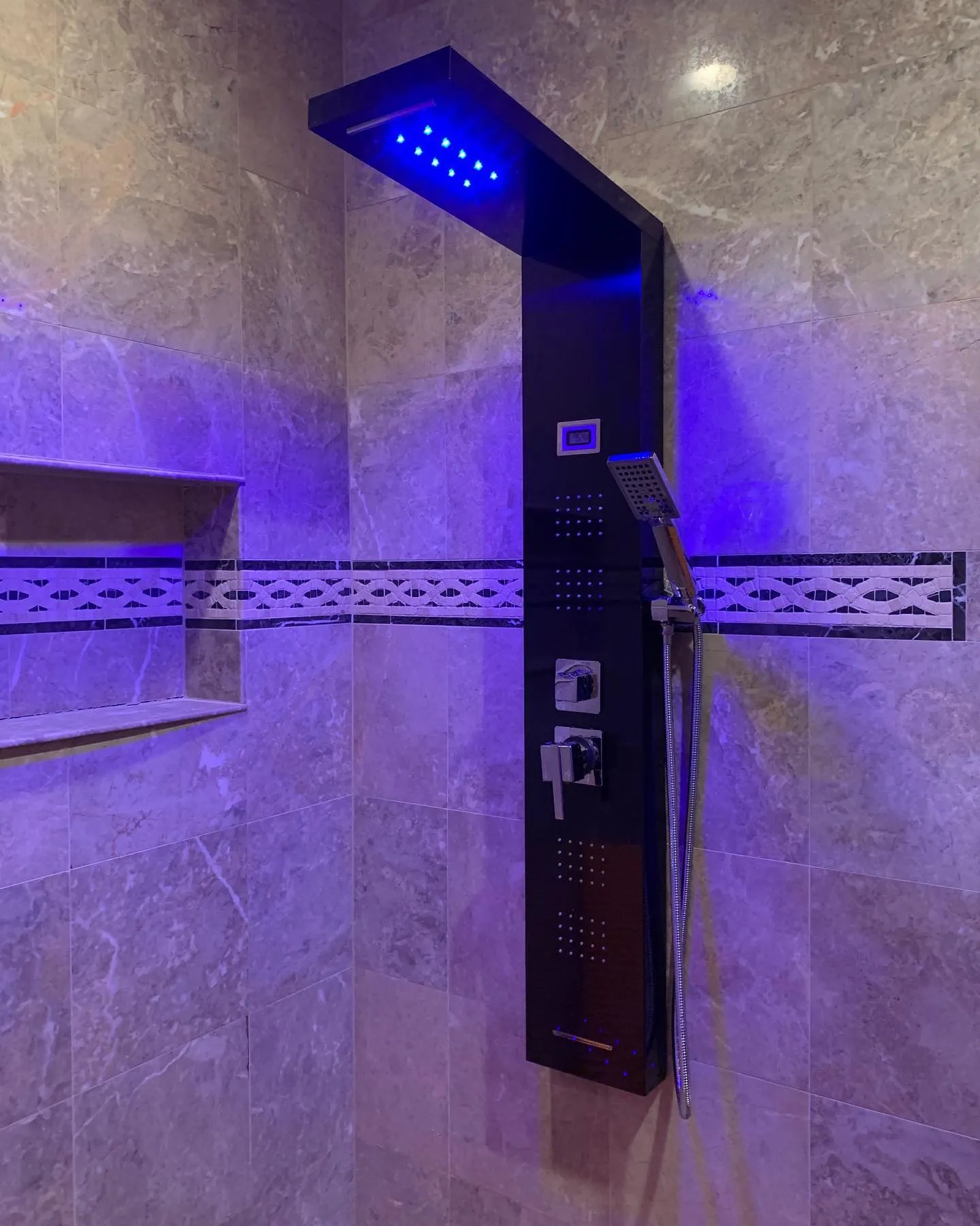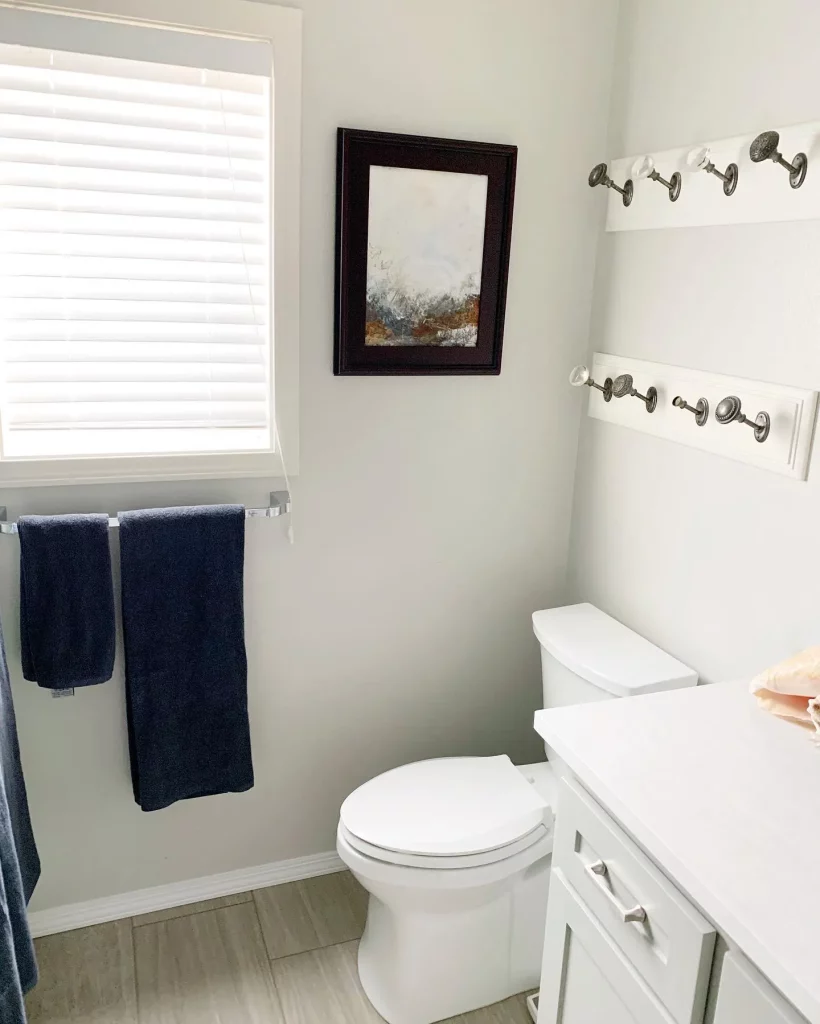
Your home’s plumbing is one of its most important systems. Every day, it helps you with basic tasks like getting clean water, hot showers, and flushing toilets. If you don’t take care of it, you could face expensive repairs — that’s why regular plumbing maintenance is so important. In this post, we’ll provide a plumbing maintenance checklist to help you keep your home’s plumbing systems running smoothly.
Regular maintenance helps avoid major plumbing problems, saves you money, and keeps everything working as it should. Ignoring your plumbing could lead to hidden leaks, low water pressure, or sewer line backups — issues that no homeowner wants. By following a simple plumbing maintenance program, you can extend the life of your plumbing and even reduce water usage.
Every plumbing maintenance should include the following items. They are relatively easy to do and can help you catch minor issues before they turn into big problems:
Inspecting faucets and fixtures regularly can help you catch minor issues before they turn into expensive repairs. Dripping faucets, leaky shower heads, or faulty handles can waste gallons of water if left unchecked, leading to higher utility bills. It’s important to examine both indoor and outdoor faucets for any signs of leakage or corrosion.
Look closely at the connections and seals to ensure everything is tight and in good condition. Don’t forget to check bathtubs and showers, as these are often overlooked. If you notice any leaks, even minor ones, replace washers, seals, or gaskets as necessary.
This small amount of preventative maintenance can save you a lot of trouble in the long run by preventing bigger plumbing problems from developing. Staying proactive with your plumbing maintenance is always the best approach.
Slow or clogged drains can be an early sign of a developing problem in your plumbing systems. Regularly checking and cleaning your drains can help prevent backups and improve water flow. Make sure all sinks, tubs, and showers are draining properly. If you notice any slow drainage, it could be due to a build-up of hair, soap scum, or food debris.
A simple cleaning with a plunger or drain snake can often solve the issue. You can also use natural cleaners, such as baking soda and vinegar, to break down minor clogs. Avoid using chemical drain cleaners, as they can damage your pipes over time. Routine drain checks are an essential part of any plumbing maintenance checklist, as they help prevent more serious blockages in the future.
While you might not be able to see all the pipes in your home, it’s important to inspect the visible ones regularly for signs of trouble. Look at the pipes under sinks, in basements, or in crawl spaces for any signs of leaks, rust, or moisture. Discolored or warped surfaces around your pipes can indicate hidden leaks that need immediate attention.
Even small leaks can lead to bigger plumbing problems, including mold growth, water damage, and increased water bills. Regularly checking your exposed pipes is a simple but effective part of a maintenance program. If you see any signs of wear, corrosion, or leakage, consider contacting a professional for further inspection and repair.
Your water heater is a crucial part of your home’s plumbing system, providing the hot water needed for daily tasks like showering, washing dishes, and doing laundry. Regularly testing your water heater helps ensure it’s running efficiently and safely. Check the temperature setting—120 degrees Fahrenheit is ideal to prevent scalding while conserving energy.
Inspect the unit for any leaks or rust, and listen for unusual noises, which could indicate sediment build-up inside the tank. It’s also a good idea to flush the water heater annually to remove sediment that can reduce its efficiency. Ensuring that your water heater is in good working order helps extend its life, maintain energy efficiency, and provide a consistent supply of hot water for your home.
Winterizing your plumbing is essential for protecting your home’s pipes during the colder months. Frozen pipes can burst, causing major water damage and costly repairs. To prevent this, start by disconnecting and storing water hoses and draining the water from any outdoor faucets. Insulate any exposed pipes in unheated areas like garages, basements, or crawl spaces to keep them from freezing.
You may also want to invest in foam pipe insulation or use heat tape to add an extra layer of protection. For homes in extremely cold areas, leaving faucets dripping can keep water moving and prevent freezing. Winterizing your plumbing is a key part of preventative maintenance that helps protect your home from potentially disastrous plumbing issues during the winter months.

You’ve found some issues–now what? There are a few things you can take care of yourself:
Toilet Repair
Fixing a toilet is simpler than you might think. If your toilet runs all the time, the flapper likely needs to be replaced. Another common issue is a clog, which can often be resolved with a plunger. These simple repairs can help you avoid bigger issues and keep your water usage in check.
Faucet Repair
A leaky faucet might seem like a small issue, but it can waste a significant amount of water. Most faucet repairs involve replacing the washer or O-ring inside the handle. If you have basic tools and a bit of patience, you can fix most leaky faucets yourself.
Drain Cleaning
Slow or clogged drains are common plumbing problems. You can clear most clogs with a plunger or a drain snake. Avoid using harsh chemical drain cleaners, as they can damage your pipes. Instead, opt for natural cleaners like baking soda and vinegar.
You’ve found a problem, but it’s a bigger job than you’re ready to handle yourself. It’s time to call in the professionals if you run into these issues:
Major Leaks
If you find water pooling around your pipes, it’s time to call a professional. Major leaks can cause extensive damage to your home’s structure and result in costly repairs. A professional plumber can assess the damage and fix the leak before it causes more harm.
Low Water Pressure
Low water pressure can be a sign of a bigger issue, like a hidden leak or a problem with your water supply. If you notice a sudden drop in water pressure, call a plumber to inspect your plumbing systems.
Unusual Noises
If you hear banging, gurgling, or other strange sounds from your pipes, you may have air trapped in your plumbing or other serious issues. A professional can diagnose the problem and recommend the best course of action.
Gas Leaks (for Gas Water Heaters)
If you have a gas water heater and smell gas, leave the area immediately and call a plumber or your gas company. Gas leaks are extremely dangerous and need to be dealt with by professionals who are trained to handle such situations safely.
Brown Water
Brown water coming from your taps can be a sign of rust in your pipes or water heater. It’s not only unpleasant but can indicate that your plumbing systems need to be inspected and cleaned. A plumber can identify the cause and make any necessary repairs.
How often should I perform plumbing maintenance?
A good rule of thumb is to do a thorough inspection twice a year—once in the spring and once before winter. Regular maintenance helps catch problems early and keeps everything running smoothly.
What are the signs of a hidden leak?
Signs of hidden leaks include water stains on walls or ceilings, the sound of running water when no fixtures are on, or an unexpected increase in your water bill.
How can I reduce my water usage?
Fixing leaks, installing low-flow fixtures, and being mindful of your water habits can all help reduce water usage and lower your utility bills.
How do I know if my sewer lines are clogged?
If multiple drains in your home are slow or backing up, it could be a sign of a sewer line clog. In this case, it’s best to call a professional plumber to inspect the sewer lines.
What does a plumbing maintenance program include?
A maintenance program typically includes regular inspections, drain cleaning, and water heater testing. It’s designed to keep your plumbing in top condition and avoid major repairs.
When plumbing problems arise, you don’t have to tackle them alone. At Simpson Plumbing, we’re here to help with all your plumbing needs—from fixing water pressure issues to inspecting sewer lines. Our experienced plumbers can provide thorough plumbing inspections and preventative maintenance to keep your plumbing systems running smoothly.
Contact us today to schedule a service and ensure your home’s plumbing is in top shape!